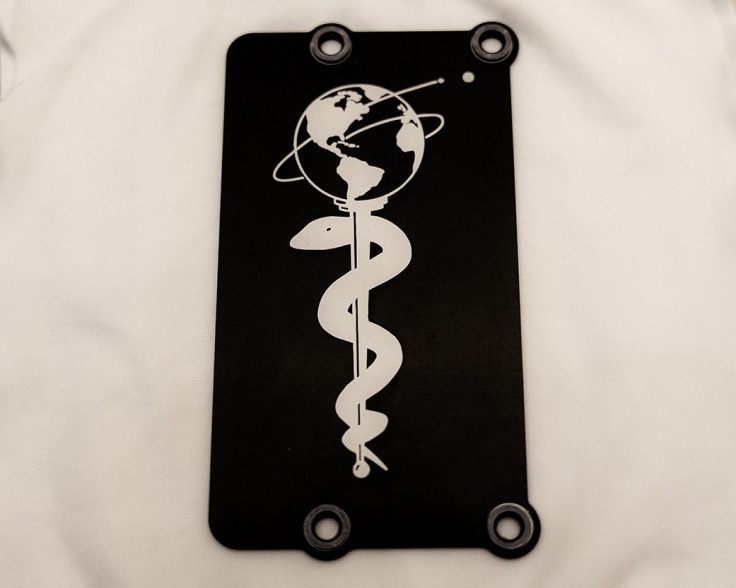NASA’s New Mars Rover To Carry Tribute For Coronavirus Frontliners
KEY POINTS
- Perseverance's new feature pays tribute to medical frontliners fighting COVID-19
- The graphic represents how the medical community is supporting the world
- NASA is scheduled to launch Perseverance for its mission to Mars in July
NASA has included a new feature to its Perseverance rover to pay tribute to the medical frontliners who are risking their lives to treat patients infected with COVID-19. The rover will carry this feature as it embarks on its mission to Mars next month.
Perseverance will serve as the successor to NASA’s Curiosity rover on Mars. Its main objective will be to collect samples from the Red Planet, which will then be analyzed to see if they contain traces of alien life.
Recently, the team working on Perseverance installed a small 3-by-5-inch aluminum plate on the left side of the rover between its rear and middle wheels. The black-colored plate features an image of the ancient medical symbol of a snake wrapped around a rod. Drawn on top of the rod is a depiction of Earth.
According to NASA, the graphic represents how members of the medical community are supporting the entire world during the pandemic caused by the coronavirus. It serves as a tribute made by NASA to honor the medical frontliners working tirelessly in different parts of the globe.
“We wanted to demonstrate our appreciation for those who have put their personal well-being on the line for the good of others,” Matt Wallace, the deputy project manager for Perseverance, said in a statement.
“It is our hope that when future generations travel to Mars and happen upon our rover, they will be reminded that back on Earth in the year 2020 there were such people,” he added.
Perseverance is scheduled to embark on its mission to Mars on July 20. It will spend a couple of months traveling across space to reach the Red Planet. NASA expects that the rover will reach its target landing zone, which is the Jezero crater, sometime in February of next year.
“The mission has one launch, 314 million miles of interplanetary space and seven minutes of terror to get safely onto the surface of Mars,” Lori Glaze, director of NASA’s Planetary Science Division, stated. “When we see the landscape at Jezero Crater for the first time and we truly begin to realize the scientific bounty before us, the fun really begins.”

© Copyright IBTimes 2024. All rights reserved.





















